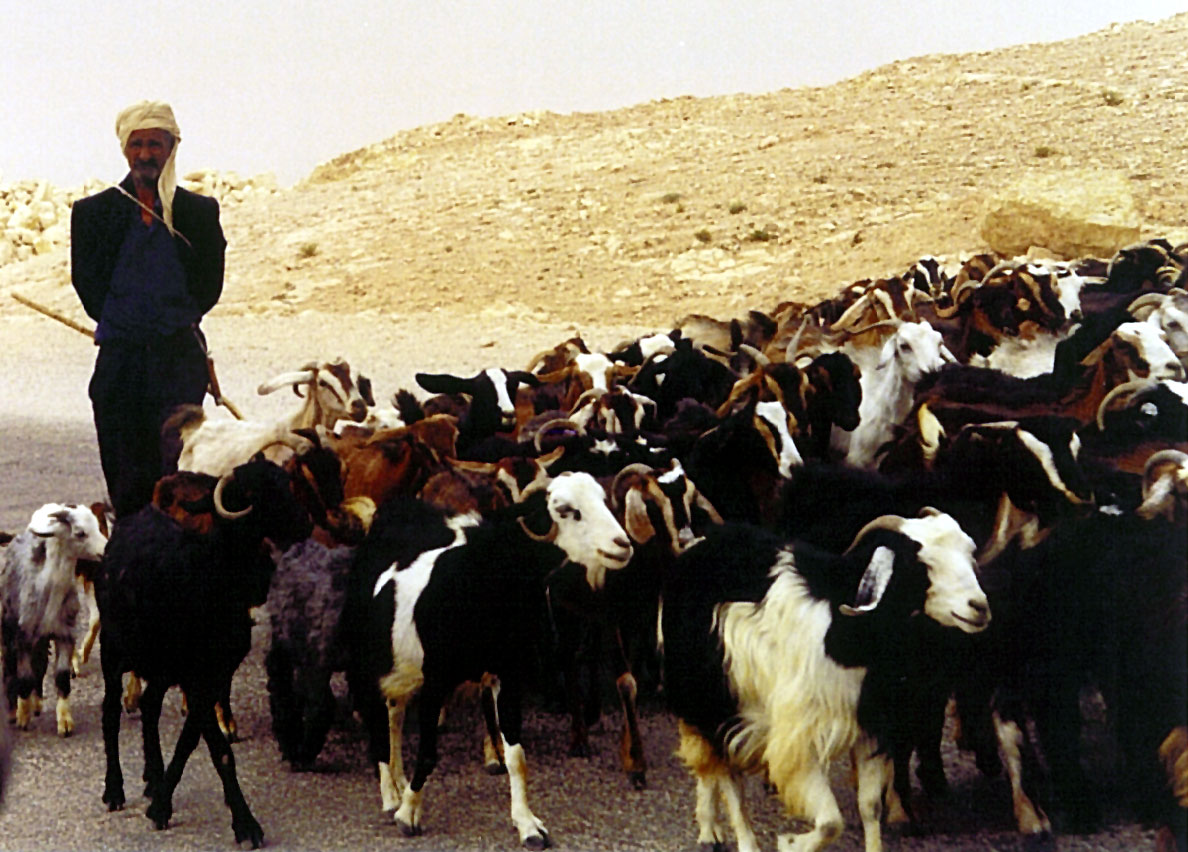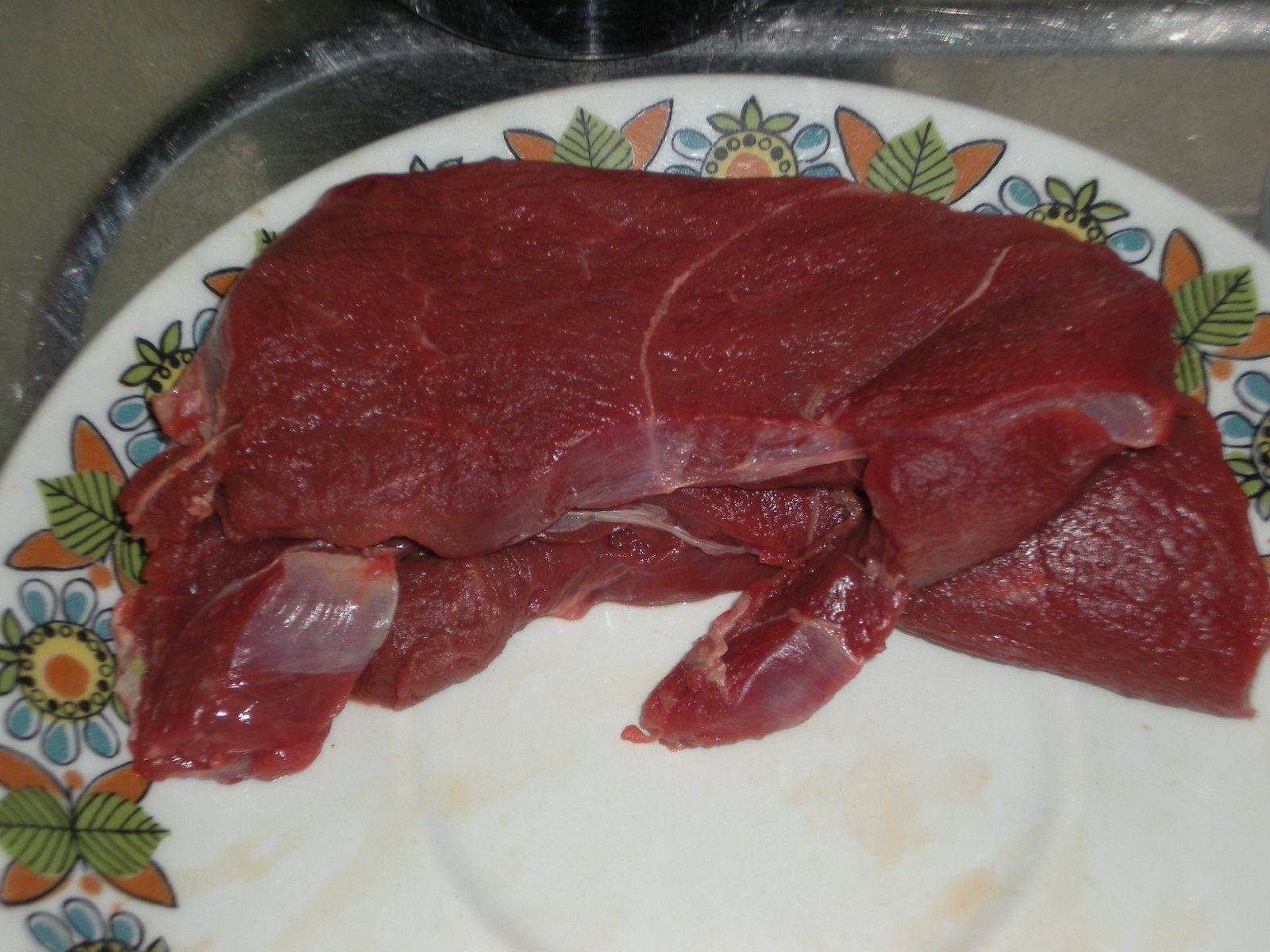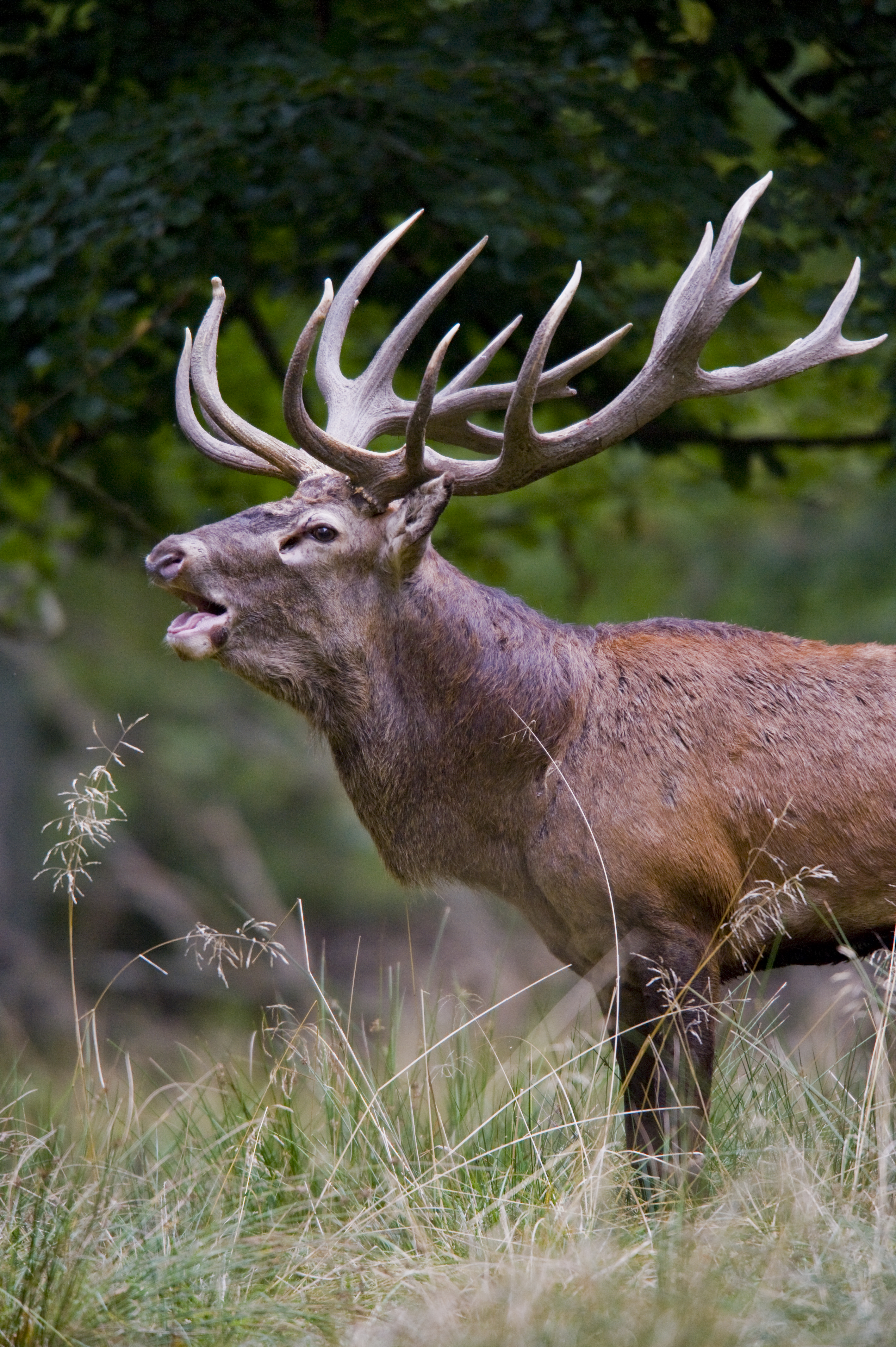|
Reindeer Hunting In Greenland
Reindeer hunting in Greenland is of great importance to the Greenlandic Inuit and sports hunters, both residents and tourists.Trophy hunting in Greenland Greenland Tourist Bureau. Retrieved 2010-17-12 Reindeer (caribou) are an important source of meat, and harvesting them has always played an important role in the history, culture, and traditions of the Greenlandic Inuit. Controlled hunting is important for the of reindeer, the |
Herding
Herding is the act of bringing individual animals together into a group (herd), maintaining the group, and moving the group from place to place—or any combination of those. Herding can refer either to the process of animals forming herds in the wild, or to human intervention forming herds for some purpose. While the layperson uses the term "herding" to describe this human intervention, most individuals involved in the process term it mustering, "working stock", or droving. Some animals instinctively gather together as a herd. A group of animals fleeing a predator will demonstrate herd behavior for protection; while some predators, such as wolves and dogs have instinctive herding abilities derived from primitive hunting instincts. Instincts in herding dogs and trainability can be measured at noncompetitive herding tests. Dogs exhibiting basic herding instincts can be trained to aid in herding and to compete in herding and stock dog trials. Sperm whales have also been observe ... [...More Info...] [...Related Items...] OR: [Wikipedia] [Google] [Baidu] |
Venison
Venison originally meant the meat of a game animal but now refers primarily to the meat of antlered ungulates such as elk or deer (or antelope in South Africa). Venison can be used to refer to any part of the animal, so long as it is edible, including the internal organs. Venison, much like beef or pork, is categorized into specific cuts, including roast, sirloin, and ribs. Etymology The word derives from the Latin ''venari'', meaning "to hunt or pursue". This term entered the English language through Norman French ''venaison'' in the 11th century, following the Norman conquest of England and the establishment of Royal Forests. Definition ''Venison'' originally described meat of any game animal killed by hunting and was applied to any animal from the families ''Cervidae'' (true deer), ''Leporidae'' (rabbits and hares), ''Suidae'' (wild boar) and certain species of the genus ''Capra'' (goats and ibex). In southern Africa, the word ''venison'' refers to the meat of antelope, a ... [...More Info...] [...Related Items...] OR: [Wikipedia] [Google] [Baidu] |
Mammal
Mammals () are a group of vertebrate animals constituting the class Mammalia (), characterized by the presence of mammary glands which in females produce milk for feeding (nursing) their young, a neocortex (a region of the brain), fur or hair, and three middle ear bones. These characteristics distinguish them from reptiles (including birds) from which they diverged in the Carboniferous, over 300 million years ago. Around 6,400 extant species of mammals have been described divided into 29 orders. The largest orders, in terms of number of species, are the rodents, bats, and Eulipotyphla (hedgehogs, moles, shrews, and others). The next three are the Primates (including humans, apes, monkeys, and others), the Artiodactyla ( cetaceans and even-toed ungulates), and the Carnivora (cats, dogs, seals, and others). In terms of cladistics, which reflects evolutionary history, mammals are the only living members of the Synapsida (synapsids); this clade, together with Saur ... [...More Info...] [...Related Items...] OR: [Wikipedia] [Google] [Baidu] |
Game (food)
Game or quarry is any wild animal hunted for animal products (primarily meat), for recreation (" sporting"), or for trophies. The species of animals hunted as game varies in different parts of the world and by different local jurisdictions, though most are terrestrial mammals and birds. Fish caught non-commercially (recreational fishing) are also referred to as game fish. By continent and region The range of animal species hunted by humans varies in different parts of the world. This is influenced by climate, faunal diversity, popular taste and locally accepted views about what can or cannot be legitimately hunted. Sometimes a distinction is also made between varieties and breeds of a particular animal, such as wild turkey and domestic turkey. The flesh of the animal, when butchered for consumption, is often described as having a "gamey" flavour. This difference in taste can be attributed to the natural diet of the animal, which usually results in a lower fat content compar ... [...More Info...] [...Related Items...] OR: [Wikipedia] [Google] [Baidu] |
Trophy Hunting
Trophy hunting is a form of hunting for sport in which parts of the hunted wild animals are kept and displayed as trophies. The animal being targeted, known as the "game", is typically a mature male specimen from a popular species of collectable interests, usually of large sizes, holding impressive horns/antlers or magnificent furs/manes. Most trophies consist of only select parts of the animal, which are prepared for display by a taxidermist. The parts most commonly kept vary by species, but often include head, skin/ hide, tusks, horns, and/or antlers. Trophies are often displayed in trophy rooms or game rooms, or by gun rooms along with the hunter's gun collection. Trophy hunting has strong supporters and opponents. The controversy focuses on the morality of hunting for pleasure rather than for practical use, as well as questions about the extent to which big-game hunting benefits conservation efforts. Types of trophy hunting African trophy hunting Trophy hunting has bee ... [...More Info...] [...Related Items...] OR: [Wikipedia] [Google] [Baidu] |
Smoking (cooking)
Smoking is the process of flavoring, browning, cooking, or preserving food by exposing it to smoke from burning or smoldering material, most often wood. Meat, fish, and ''lapsang souchong'' tea are often smoked. In Europe, alder is the traditional smoking wood, but oak is more often used now, and beech to a lesser extent. In North America, hickory, mesquite, oak, pecan, alder, maple, and fruit-tree woods, such as apple, cherry, and plum, are commonly used for smoking. Other biomass besides wood can also be employed, sometimes with the addition of flavoring ingredients. Chinese tea-smoking uses a mixture of uncooked rice, sugar, and tea, heated at the base of a wok. Some North American ham and bacon makers smoke their products over burning corncobs. Peat is burned to dry and smoke the barley malt used to make Scotch whisky and some beers. In New Zealand, sawdust from the native manuka (tea tree) is commonly used for hot smoking fish. In Iceland, dried sheep dung is used ... [...More Info...] [...Related Items...] OR: [Wikipedia] [Google] [Baidu] |
Drying
Drying is a mass transfer process consisting of the removal of water or another solvent by evaporation from a solid, semi-solid or liquid. This process is often used as a final production step before selling or packaging products. To be considered "dried", the final product must be solid, in the form of a continuous sheet (e.g., paper), long pieces (e.g., wood), particles (e.g., cereal grains or corn flakes) or powder (e.g., sand, salt, washing powder, milk powder). A source of heat and an agent to remove the vapor produced by the process are often involved. In bioproducts like food, grains, and pharmaceuticals like vaccines, the solvent to be removed is almost invariably water. Desiccation may be synonymous with drying or considered an extreme form of drying. In the most common case, a gas stream, e.g., air, applies the heat by convection and carries away the vapor as humidity. Other possibilities are vacuum drying, where heat is supplied by conduction or radiation (or microwave ... [...More Info...] [...Related Items...] OR: [Wikipedia] [Google] [Baidu] |
Viscus
In biology, an organ is a collection of tissues joined in a structural unit to serve a common function. In the hierarchy of life, an organ lies between tissue and an organ system. Tissues are formed from same type cells to act together in a function. Tissues of different types combine to form an organ which has a specific function. The intestinal wall for example is formed by epithelial tissue and smooth muscle tissue. Two or more organs working together in the execution of a specific body function form an organ system, also called a biological system or body system. An organ's tissues can be broadly categorized as parenchyma, the functional tissue, and stroma, the structural tissue with supportive, connective, or ancillary functions. For example, the gland's tissue that makes the hormones is the parenchyma, whereas the stroma includes the nerves that innervate the parenchyma, the blood vessels that oxygenate and nourish it and carry away its metabolic wastes, and the connec ... [...More Info...] [...Related Items...] OR: [Wikipedia] [Google] [Baidu] |
Antler
Antlers are extensions of an animal's skull found in members of the Cervidae (deer) family. Antlers are a single structure composed of bone, cartilage, fibrous tissue, skin, nerves, and blood vessels. They are generally found only on males, with the exception of reindeer/caribou. Antlers are shed and regrown each year and function primarily as objects of sexual attraction and as weapons. In contrast to antlers, horns—found on pronghorns and bovids, such as sheep, goats, bison and cattle—are two-part structures that usually do not shed. A horn's interior of bone is covered by an exterior sheath made of keratin (the same material as human fingernails and toenails). Etymology Antler comes from the Old French ''antoillier '' (see present French : "Andouiller", from'' ant-, ''meaning before,'' oeil, ''meaning eye and'' -ier'', a suffix indicating an action or state of being) possibly from some form of an unattested Latin word ''*anteocularis'', "before the eye" (and appl ... [...More Info...] [...Related Items...] OR: [Wikipedia] [Google] [Baidu] |
Rawhide (textile)
Rawhide is a hide or animal skin that has not been exposed to tanning. It is similar to parchment, much lighter in color than leather made by traditional vegetable tanning. Rawhide is more susceptible to water than leather, and it quickly softens and stretches if left wet unless well waterproofed. "Rawhide" laces often sold for boots or baseball gloves are made of normal tanned leather rather than actual rawhide. Rawhide is not pliable when dry and would be unsuitable for that use. Process The skin from buffalo, deer, elk or cattle from which most rawhide originates is prepared by removing all fur, meat and fat. The hide is then usually stretched over a frame before being dried. The resulting material is hard and translucent. It can be shaped by rewetting and forming before being allowed to thoroughly re-dry. It can be rendered more pliable by 'working', i.e. bending repeatedly in multiple directions, often by rubbing it over a post, sometimes traditionally by chewing. It may ... [...More Info...] [...Related Items...] OR: [Wikipedia] [Google] [Baidu] |
Hunting Weapon
Hunting weapons are weapons designed or used primarily for hunting game animals for food or sport, as distinct from defensive weapons or weapons used primarily in warfare. Characteristics Since human beings are lacking in the natural weapons possessed by other predators, humans have a long history of making tools to overcome this shortcoming. The evolution of hunting weapons shows an ever-increasing ability to extend the hunter's reach, while maintaining the ability to produce disabling or lethal wounds, allowing the hunter to capture the game. The spear was in use for hunting as early as five million years ago in hominid and chimpanzee societies, and its usage may go back even further. The spear gave the hunter the ability to kill large animals, at ranges as far as the hunter could throw the spear; the Roman pilum, for example, had a range of . Spear throwing devices such as the bâton de commandement, woomera, and atlatl extended that range even further by giving the hunter lev ... [...More Info...] [...Related Items...] OR: [Wikipedia] [Google] [Baidu] |



.jpg)





